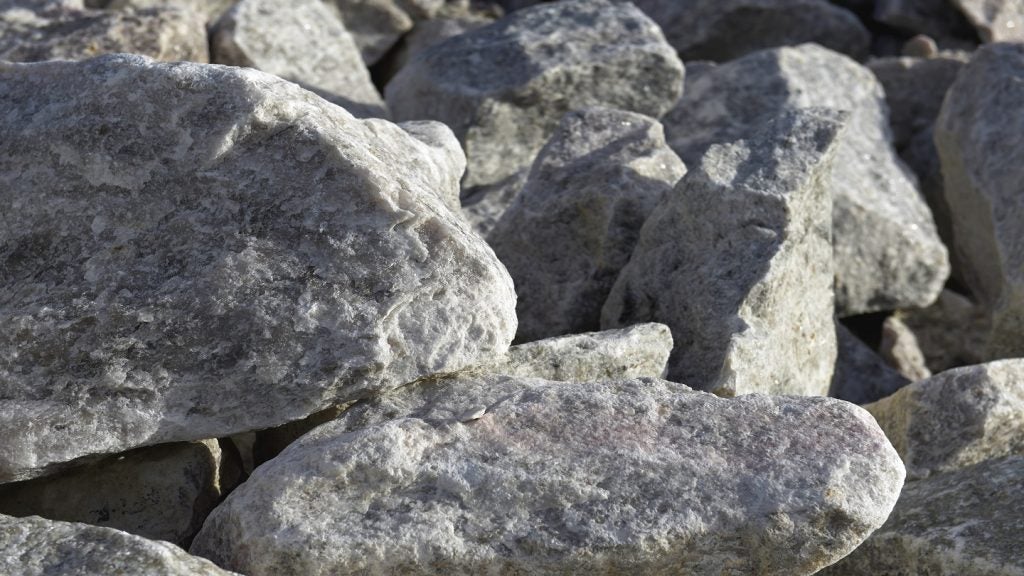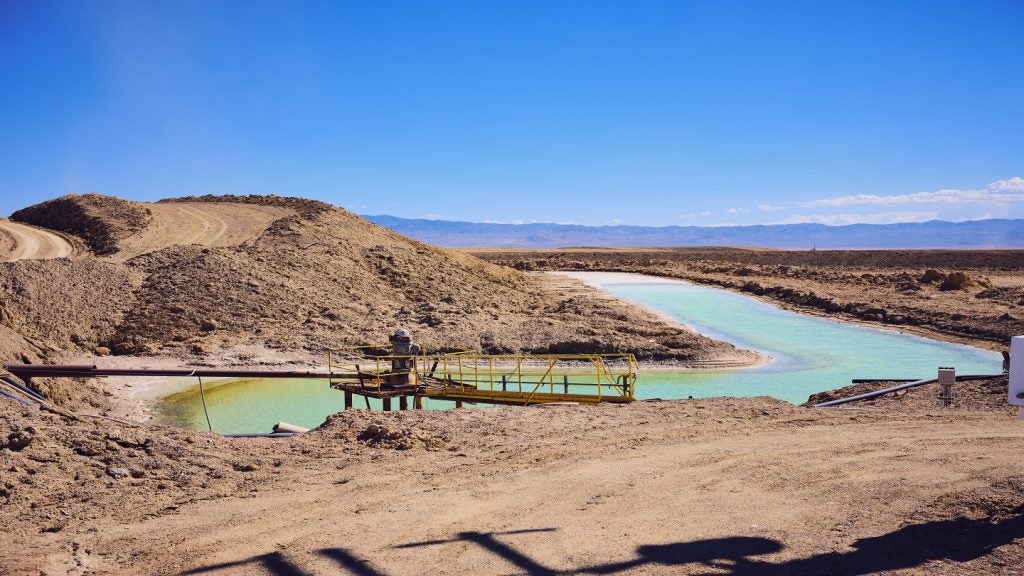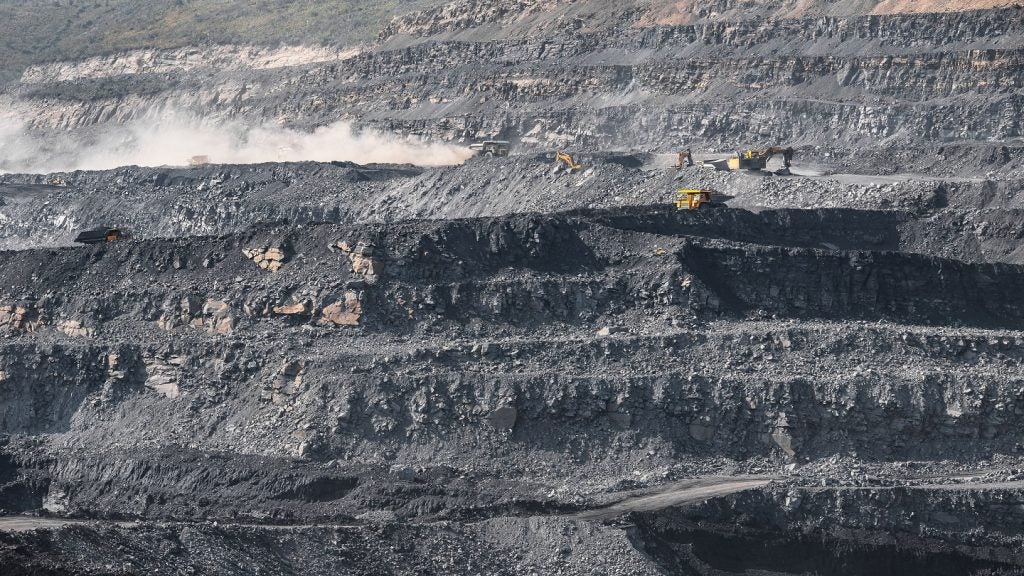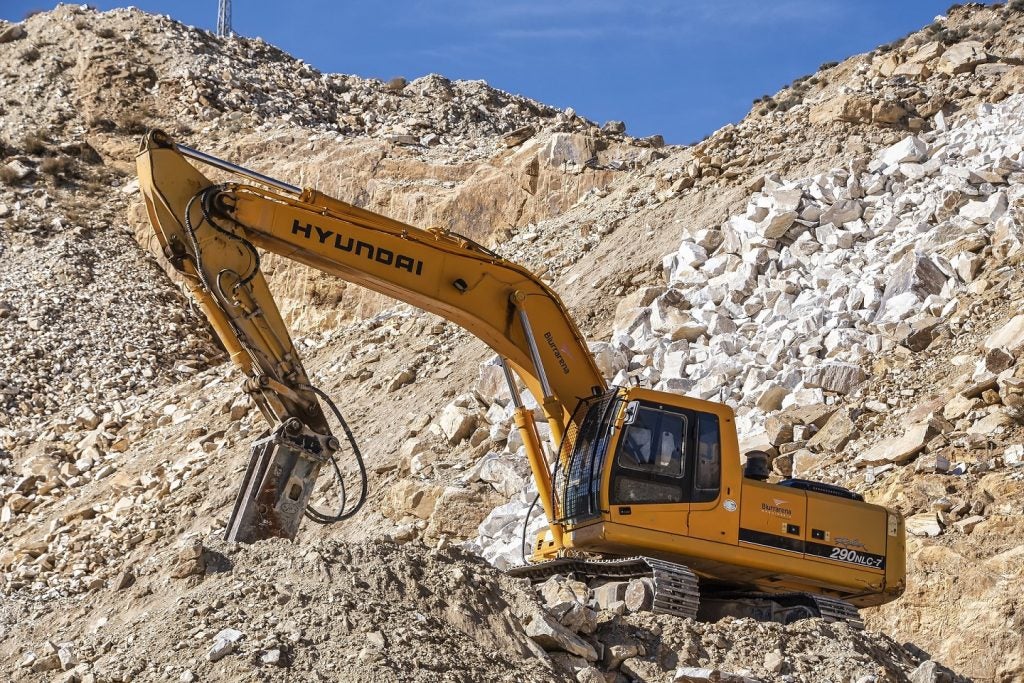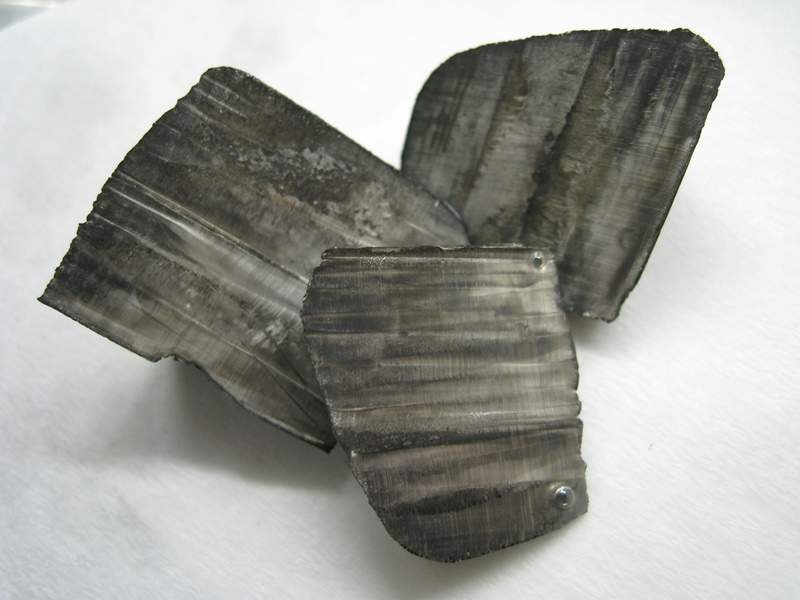
Scientists have discovered a new and efficient way of extracting lithium and other minerals from water, including wastewater from hydraulic fracturing.
The technique uses a metal-organic framework, made from a recently developed material that has the largest internal surface area of any known substance. During ‘ion selectivity’, it mimics the filtering function of biological cell membranes to separate metal ions from water.
Lithium is widespread in devices used today, from mobile devices to electric cars. In 2016, over 212,000 tonnes were consumed globally. With continuing technological advancements, demand for lithium has quickly outpaced the rate at which it can be mined or recycled.
The new technique could help by increasing the amount of readily-available lithium, in turn bringing its market price down, potentially making devices cheaper for consumers.
The technology could also be used on wastewater from hydraulic fracturing, which could prove particularly useful in Texas, where the Barnett and Eagle Ford shale formations contain high amounts of lithium.
“Produced water from shale gas fields in Texas is rich in lithium,” said researcher Benny Freeman, professor at the McKetta Department of Chemical Engineering at the Cockrell School of Engineering, University of Texas at Austin.
How well do you really know your competitors?
Access the most comprehensive Company Profiles on the market, powered by GlobalData. Save hours of research. Gain competitive edge.

Thank you!
Your download email will arrive shortly
Not ready to buy yet? Download a free sample
We are confident about the unique quality of our Company Profiles. However, we want you to make the most beneficial decision for your business, so we offer a free sample that you can download by submitting the below form
By GlobalData“Advanced separation materials concepts such as ours could potentially turn this waste stream into a resource recovery opportunity.”
Each well can generate up to 300,000 gallons of produced wastewater per week. Freeman and his team conservatively estimate that from this enough lithium can be recovered to power 200 electric cars or 1.6 million smartphones.
Fracking frequently raises concerns, largely for environmental reasons. A recent study found that fracking could disrupt aquatic eco systems, while another found that it was one of the least sustainable ways to produce electricity. Successful implementation of the new extraction method could ease some of those concerns by promoting a circular economy.
“The prospect of using metal-organic frameworks for sustainable water filtration is incredibly exciting from a public-good perspective, while delivering a better way of extracting lithium ions to meet global demand could create new industries,” said Anita Hill, CSIRO’s chief scientist, who was also involved in the research.
The process could also help with water desalination, with the new membrane process dehydrating ions as they pass through the membrane channels and removing only select ions. By contrast, the existing reverse-osmosis membranes—responsible for over half of the world’s water desalination capacity—removes ions indiscriminately.
The result is a process that could be cheaper and more cost-effective than conventional methods.
Research was a collaborative effort between the University of Texas at Austin, the Monash University, the Chinese Academy of Sciences and the Commonwealth Scientific and Industrial Research Organisation (CSIRO).
The findings were published in Science Advances, 9 February.



